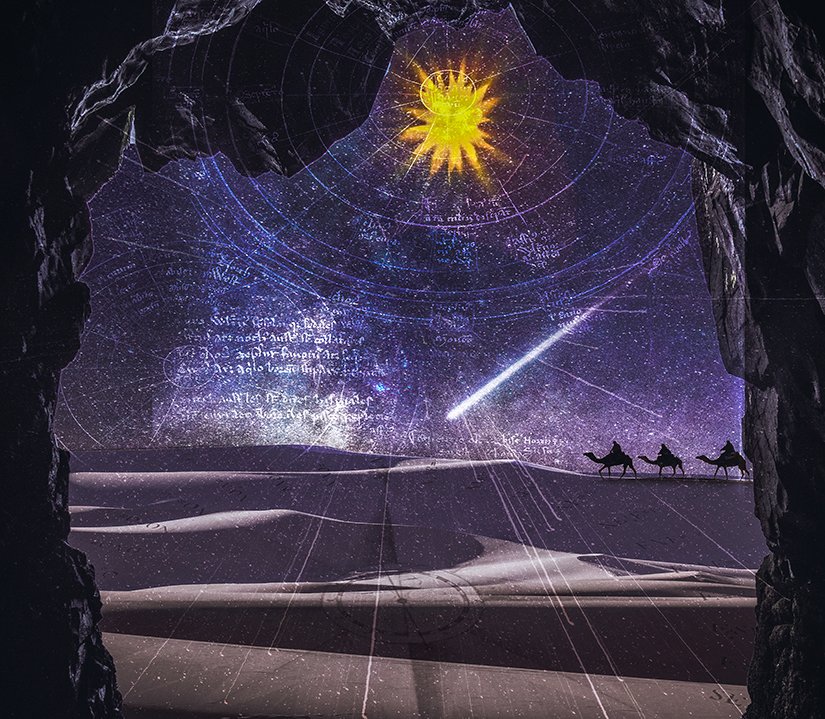 Photo Credits: Illustration by Lisa JohnstonSecular Christmas seems to have become a celebration of Jesus Christ in name only. Even the word “Christmas” has fallen out of favor for some: “Happy Holidays” has replaced “Merry Christmas” on greeting cards, and public schools have “winter breaks” rather than “Christmas breaks.”
Photo Credits: Illustration by Lisa JohnstonSecular Christmas seems to have become a celebration of Jesus Christ in name only. Even the word “Christmas” has fallen out of favor for some: “Happy Holidays” has replaced “Merry Christmas” on greeting cards, and public schools have “winter breaks” rather than “Christmas breaks.”
It’s as though culture has adopted the ancient Romans’ celebration of the winter solstice.
Positive aspects of Christmas can still be found. Santa totes gifts to boys and girls around the world, Frosty the Snowman promises to be “back on Christmas Day,” and even the Grinch and Scrooge had changes of heart.
Good and positive things, for sure, but they’re all based on fictional characters. Jesus Christ, though, is real — the reason for the season.
Lest we forget, Christmas celebrates His birth in a Bethlehem manger more than 2,000 years ago. His Incarnation — i.e. God made flesh — brought forth the redemption of mankind by His victory over death — rising from the dead three days after He died on the cross — years later.
How do we know this to be true and not a fanciful story like all the rest?
Well, for one thing, the Bible tells us so, but beyond that, science helps “locate the Christmas events in history,” as archdiocesan priest Father Charlie Samson said.
The St. Louis Review this week examines the mystery of Christmas through the lens of science, which enables us to vouch for two events in the Nativity story from the Gospel of Matthew — a planetary alignment consistent with the Star of Bethlehem and an eclipse right before Herod’s death.
Granted, neither represents conclusive proof, but neither is conclusive proof present in the accepted model for the creation of the universe — the Big Bang Theory, which was first proffered by Catholic priest Father Georges Lemaitre and ultimately accepted by Albert Einstein. The universe has been expanding for 14 billion years since the Big Bang.
Former Gonzaga president Father Robert Spitzer, SJ, whose life’s work has been about the compatibility of faith and science, has said that in the Big Bang “something was created out of nothing, and only God can create something out of nothing.”
If God indeed has such power, to create something as big and awe-inspiring as the universe out of nothingness, why wouldn’t He have the power to intercede in human history and become flesh in a virgin woman conceived without sin?
That’s the mystery, with an assist from science, we celebrate at Christmas.